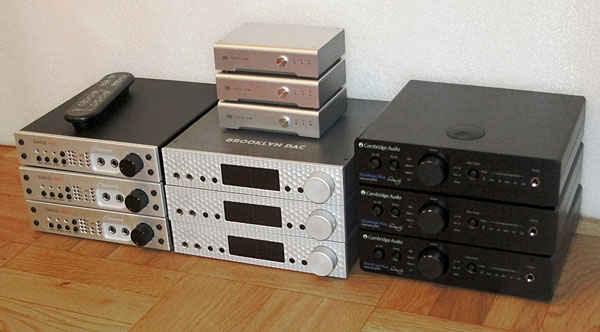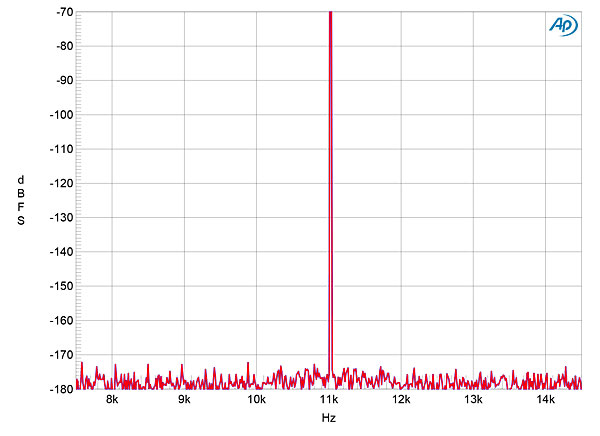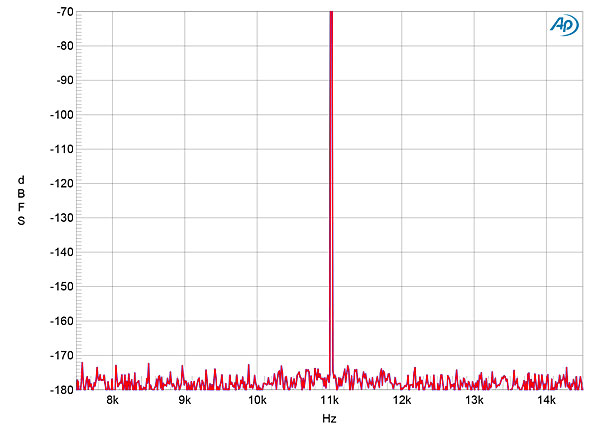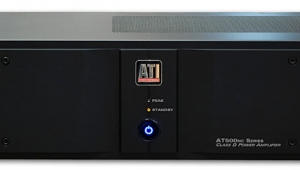| Columns Retired Columns & Blogs |
The interface sounds like a simple answer to a problem. I can't wait to try one. Thanks
Did you consider you may be cruising along enjoying the scenery and everybody else at Stereophile is off the rails?
See you at RMAF.













































